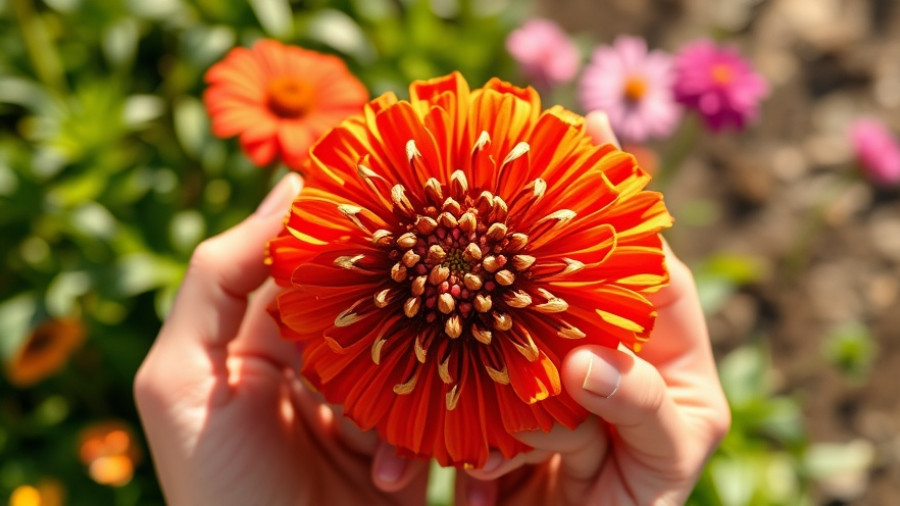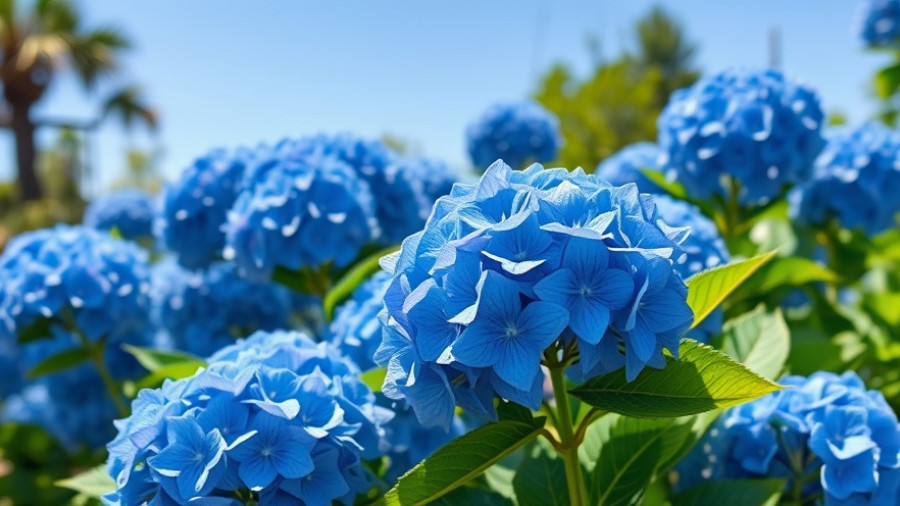
Step into Spring with Stunning Delft Blue Hyacinths
The arrival of spring is a celebratory time for gardeners and admirers of nature, and 'Delft Blue' hyacinths stand out as an iconic flower to welcome the season. Their vibrant lilac-blue colors and heady fragrance enchant the senses, transforming any outdoor space into a remarkable tapestry of spring. But how do you successfully grow these delightful bulbs? Here’s everything you need to know about planting, growing, and caring for 'Delft Blue' hyacinths to ensure a spectacular bloom every year.
Planting the Perfect Hyacinths: Timing and Technique
To achieve dazzling blooms, timing is crucial. Plant your 'Delft Blue' hyacinth bulbs in the fall, ideally six to eight weeks before the first hard frost. This allows the bulbs to establish a robust root system before enduring the winter chill.
For optimal growth, choose a sunny spot where they will receive at least six hours of sunlight daily. Prepare well-drained soil enriched with organic matter to provide the necessary nutrients. Adhere to a planting depth of 4 to 6 inches, spacing bulbs about 4 to 6 inches apart to allow for proper air circulation.
Caring for Your Hyacinth Bulbs
'Delft Blue' hyacinths are considered low-maintenance, making them accessible to novice gardeners. They require moderate watering—keeping the soil evenly moist but not soggy. It’s vital to allow the soil to dry out between watering sessions to avoid bulb rot. In early spring, when the first shoots break through the soil, apply a balanced, slow-release fertilizer to give your bulbs a significant boost.
Enjoying the Blooms: A Multi-Sensory Experience
Once the hyacinths bloom, which typically occurs in mid-April, you are rewarded with a magnificent display of color and scent. The dense flower spikes emit a heady fragrance that is unmistakable in both garden beds and patios. For an even more delightful experience, consider planting them en masse or pairing them with tulips and daffodils for an array of colors and shapes.
Hyacinths can also be pots, making them a great choice for container gardening. Their charming clusters look fantastic on balconies or near front doors, making your home inviting for guests.
Post-Bloom Care: The Secret to Longevity
To ensure your hyacinths return year after year, proper post-bloom care is essential. Once the flowers have faded, cut the flower stalks but allow the foliage to remain until it turns yellow. This nourishment process feeds the bulb for the next year’s blooms.
In warmer climates, 'Delft Blue' hyacinths may require you to dig them up and refrigerate them over the summer months to mimic winter conditions. This chilling is crucial for their dormancy period, ensuring vibrant blooms in the following spring.
Diverse Uses for the Delft Blue Variety
Beyond mere aesthetics, 'Delft Blue' hyacinths serve various purposes in garden design. Their remarkable ability to thrive in diverse settings—from borders and flower beds to container arrangements—means these bulbs add value to any outdoor living area.
Consider integrating them into backyard makeovers or outdoor kitchen designs for an enhanced sensory experience while cooking or entertaining outdoors. Pair with landscaping lighting to illuminate these pretty blooms as evening falls, amplifying their beauty. 'Delft Blue' hyacinths complement eco-friendly yard care methods as well, contributing to a sustainable garden ecosystem.
Conclusion: Watch Your Garden Flourish
Growing 'Delft Blue' hyacinths is not only a fulfilling gardening endeavor but also an opportunity to create an extraordinary spring garden display. Whether you are an experienced gardener or just starting, the simple requirements of 'Delft Blue' hyacinths make them a must-have for every flower lover. So roll up your sleeves, immerse yourself in nature, and enjoy the beauty of these stunning blooms that will surely brighten up your outdoor spaces.
If you’re keen on enhancing your gardening knowledge further, explore our range of gardening tips and tricks that can help you create the outdoor living experience you’ve always dreamed of!
 Add Row
Add Row  Add
Add 




Write A Comment